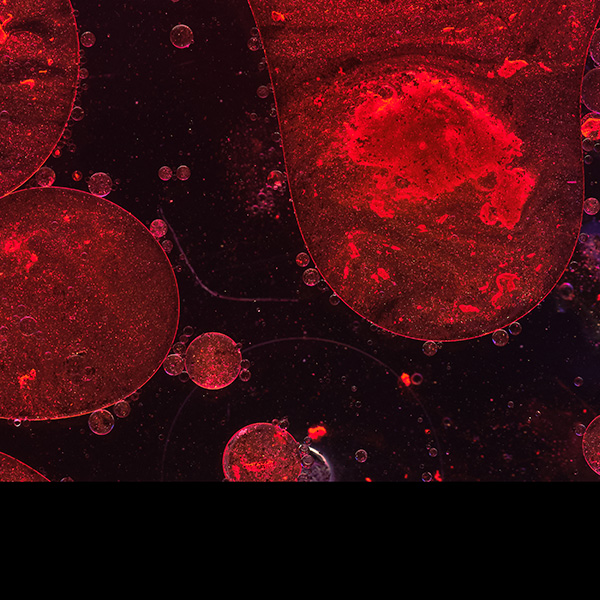Key Benefits
- Check for homocystinuria or vitamin-related homocysteine elevation with three markers.
- Spot classical homocystinuria and clarify vitamin deficiency versus genetic enzyme cause.
- Guide targeted therapy with folate, B12, B6 trial, betaine, and methionine-restricted diet.
- Protect heart and brain by lowering homocysteine to reduce clot and stroke risk.
- Flag risks for lens dislocation, osteoporosis, and developmental concerns linked to homocystinuria.
- Support fertility and pregnancy by correcting folate/B12 deficits and minimizing homocysteine.
- Track treatment success with serial homocysteine levels and adjust supplements accordingly.
- Best interpreted with plasma methionine, methylmalonic acid, and your symptoms.
What are Homocystinuria
Homocystinuria biomarkers are chemical readouts that reveal how your body processes homocysteine, a sulfur‑containing building block tied to protein and methylation chemistry. They matter because they turn an invisible metabolic problem into a clear picture: whether homocysteine is being recycled back to methionine (remethylation) or correctly funneled toward cysteine (transsulfuration). When either route falters—classically from a shortfall of the enzyme that starts the cysteine path (cystathionine beta‑synthase, CBS)—homocysteine builds up and related amino acids shift. Measuring these shifts in blood or urine lets clinicians detect the condition early, distinguish which pathway is affected, and follow response to therapy. The core signals include total homocysteine and its neighboring amino acids (methionine, cystathionine, cysteine), with supporting markers that reflect vitamin‑dependent steps (vitamin B6, B12, folate) or linked metabolites (methylmalonic acid). Because excess homocysteine can strain blood vessels, eyes, bones, and the nervous system, tracking this biomarker set connects the chemistry to the organs at risk and provides an objective compass for ongoing care.
Why are Homocystinuria biomarkers important?
Homocystinuria biomarkers track how your body handles homocysteine, a sulfur-containing amino acid at the crossroads of methylation and detox pathways. When these systems falter, homocysteine accumulates and can injure blood vessels, strain the brain and eyes, weaken bone, and raise clotting risk—effects that echo across the cardiovascular, neurologic, skeletal, and ocular systems.
Typical fasting homocysteine sits around 5–15, with cardiovascularly “quiet” values usually toward the lower end. Folate is often considered adequate around 4–20, with optimal in the mid-to-upper range, and vitamin B12 about 200–900, with optimal in the mid-to-upper range. Men tend to run slightly higher homocysteine than women; levels fall in pregnancy and rise after menopause. Reference intervals vary by lab.
When values are low, the meaning depends on which marker is low. Low homocysteine usually signals efficient remethylation/transsulfuration or lower methionine load; in homocystinuria, it suggests good biochemical control and fewer vascular or eye complications. Low folate or low B12, in contrast, choke the remethylation of homocysteine back to methionine, driving homocysteine up and leading to megaloblastic anemia, fatigue, glossitis, and in B12 deficiency, neuropathy and cognitive changes. In pregnancy, low folate is linked to neural tube defects; in infants and teens, chronic deficiency can impair growth and neurodevelopment.
Markedly high homocysteine points to genetic enzyme blocks (such as CBS deficiency in classical homocystinuria) or vitamin-processing problems, and relates to lens dislocation, long-limbed habitus, osteoporosis, learning difficulties, and venous/arterial thrombosis; adults see higher risks of DVT and stroke, and pregnancies face placental complications. Big picture: these biomarkers map one-carbon metabolism, tying diet, genetics, and liver–kidney function to vascular integrity, connective tissue health, and lifelong cardiometabolic and neurocognitive outcomes.
What Insights Will I Get?
Homocystinuria biomarkers map how your one‑carbon metabolism and sulfur amino acid pathways are functioning—systems that underpin vascular integrity, connective tissue strength, cognition, vision, coagulation, redox balance, and reproductive health. At Superpower, we test Homocysteine, Folate, and B12.
Homocysteine is a sulfur‑containing amino acid intermediate; its accumulation is the biochemical hallmark of homocystinuria. Folate (vitamin B9) and B12 (cobalamin) are required cofactors for methionine synthase, which remethylates homocysteine to methionine. Low folate or B12 typically raises homocysteine through impaired remethylation. In classical homocystinuria caused by cystathionine β‑synthase (CBS) deficiency, the transsulfuration pathway is blocked, so homocysteine rises even when folate and B12 are normal.
Interpreted together, these markers show the stability of your methylation and transsulfuration balance. Homocysteine within reference and adequate folate/B12 indicate resilient one‑carbon flux, supporting DNA and neurotransmitter methylation, endothelial health, and glutathione generation for antioxidant defense. Persistent homocysteine elevation signals physiologic strain: endothelial dysfunction and pro‑thrombotic tone, oxidative stress from reduced glutathione production, and stress on bone and lens architecture. When homocysteine is high with low folate/B12, remethylation capacity is the likely bottleneck; when homocysteine is high with adequate folate/B12, a downstream enzymatic block (such as CBS) is more likely.
Notes: Interpretation is influenced by pregnancy (tends to lower homocysteine), age, kidney or thyroid disease, inflammation, and genetic variants (CBS, MTHFR). Medications that affect folate/B12 (e.g., antifolates, nitrous oxide, some antiepileptics, metformin, PPIs) and alcohol can shift values. Assay type and sample handling matter; B12 assays reflect total cobalamin and may not mirror functional status.







.avif)



.svg)





.svg)


.svg)


.svg)

.avif)
.svg)










.avif)
.avif)
.avif)


.avif)
.png)


